Author: Buro Happold
Location: Rome, Italy
Chief Bridge Engineer: Davood Liaghat
Architect: Kit Powell-Williams with C. Lotti e Associati
Back in May of this year the mayor of Rome Giovanni Alemanno publicly opened the Ponte della Musica crossing the river Tiber connecting the Olympic stadium on the west bank of the Monte Mario with the Quartiere Flaminio for the first time in a 1,000 years. The bridge has been designed to serve as an open public space that can be used for festivals, exhibitions and fairs and also has the future facility to operate as a tram and bus route. Designed by Buro Happold it is the first public footbridge to cross the Tiber since Roman times.
The new 200m long bridge has a clear span of 130m between springing points. Two leaning steel arches support a steel deck. The arch springing points in concrete incorporate staircases providing access from the river bank to deck level. The surrounding areas on either side have also been developed to create a public space.
The bridge is the successful outcome of an 11-year creative and professional partnership between Buro Happold‘s Chief Bridge Engineer, Davood Liaghat and London based architect Kit Powell-Williams working with Rome based engineering firm C. Lotti e Associati. It also marks 10 years since the establishment of the Buro Happold dedicated bridges team set up to develop the Ponte della Musica when Buro Happold won the 2000 Commune di Roma international design competition to design the bridge.
Buro Happold Chief Bridge Engineer Davood Liaghat says: “We have successfully worked in collaboration with the architect and our local engineering partners over 11 years on a project that has demanded a balance of passion, flair and creativity and best-in-class robust engineering skills. The Ponte della Musica links Rome’s most significant cultural institutions and provides ease of access for residents and visitors to enjoy the city fully.”
The Rome city plan incorporated the ambition to build a bridge crossing the Tiber at the western end of the Guido Reni at various stages. The 1883 Umbertine plan in the unified Italy gained international interest. The 1931/32 Regulatory Plan featured a bridge as did the Master Plan for the For Mussolini of 1932-1941 creating the sports city of the planned but never held Olympics of 1944. The bridge disappears from 1960s plans but reappears in 2000 with the Piano Regolatore.
- Ponte della Musica – Buro Happold – Italy
- Ponte della Musica – Buro Happold – Italy
- Ponte della Musica – Buro Happold – Italy
- Ponte della Musica – Buro Happold – Italy
- Ponte della Musica – Buro Happold – Italy
- Ponte della Musica – Buro Happold – Italy
- Ponte della Musica – Buro Happold – Italy
- Ponte della Musica – Buro Happold – Italy
- Ponte della Musica – Buro Happold – Italy
- Ponte della Musica – Buro Happold – Italy
- Ponte della Musica – Buro Happold – Italy
- Ponte della Musica – Buro Happold – Italy
- Ponte della Musica – Buro Happold – Italy
- Ponte della Musica – Buro Happold – Italy
- Ponte della Musica – Buro Happold – Italy
- Ponte della Musica – Buro Happold – Italy
- Ponte della Musica – Buro Happold – Italy
- Ponte della Musica – Buro Happold – Italy


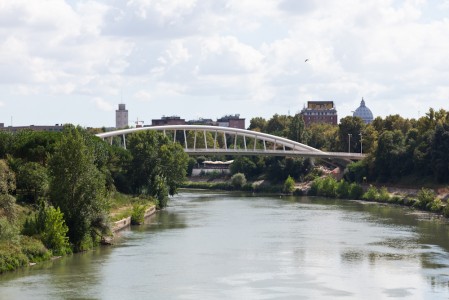
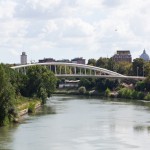








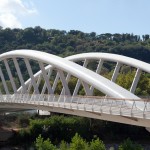
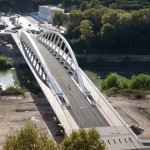
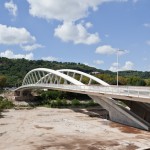



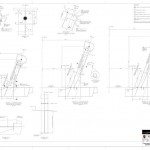
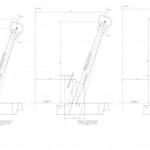




No Comments